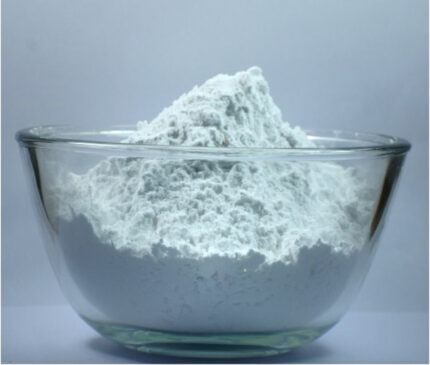CAS No-79-14-1
Glycolic acid is a substance that chemically exfoliates the skin by dissolving dead skin cells and oils. It is naturally present in certain plants, such as beets, sugarcane, and some fruits. Due to its properties, it is also a popular ingredient in skin care products.
Exfoliative: As a chemical exfoliant, glycolic acid removes the outermost layer of skin cells and oil by dissolving them. Unlike mechanical exfoliants, such as face scrubs and brushes, glycolic acid does not require harsh scrubbing.
Humectant: Glycolic acid is also a humectant, which means it attracts and binds water to skin cells. It does this by increasing the synthesis of glycosaminoglycans, which are molecules that draw water in the skin.
Antibacterial: A 2020 studyTrusted Source states that, at certain concentrations, glycolic acid can inhibit the growth of bacteria.
Anti-aging: Glycolic acid can reduce some of the processes that cause visible signs of skin aging. For example, it can reduce Trusted Source sun damage and increase collagen and hyaluronic acid in the skin. These substances give skin elasticity and structure. GLYCOLIC ACID belongs to the class of medication called ‘Alpha-hydroxy acid’ primarily used for brighter, more radiant skin complexation. Besides this, it is also used to treat skin problems like acne (pimples), acne scars, melasma, hyperpigmentation, wrinkles, and photoaging (premature aging of the skin caused by repeated exposure to UV radiation). GLYCOLIC ACID is derived from sugarcane with an antibacterial, antioxidant, keratolytic (remove warts, calluses), comedolytic (inhibits the formation of blemishes), and anti-inflammatory activity. Acne is a skin condition that occurs when the hair follicles become plugged with oil and dead skin cells, age spots.GLYCOLIC ACID contains ‘Glycolic acid’ works by increases the turnover rate of epithelial cells (cells that line the surface of the skin), eventually helps in peeling the skin and treating comedones (skin-colored, small bumps due to acne). GLYCOLIC ACID kills bacteria, reduces inflammation, and unplugs blocked pores. It decomposes to release oxygen when applied to the skin. This oxygen acts as a bactericidal agent and kills Propionibacterium acnes, the bacteria that causes acne.
GLYCOLIC ACID is available in topical (for skin use) gel, cream, cleansing lotion or soap, facial mask, and foam. GLYCOLIC ACID is for external use only. Avoid contact with eyes, eyelids, lips, mouth, and nose. If the medicine comes in contact with any of these areas, rinse with water immediately. Do not use GLYCOLIC ACID on sunburned, windburned, dry, or irritated skin. Common side effects of GLYCOLIC ACID include dry skin, erythema (skin redness), burning sensation, itching, skin irritation, and skin rash.
Please tell your doctor if you are allergic to GLYCOLIC ACID or its components. Let your doctor know if you use any prescription and non-prescription medications you are taking, including vitamins, before starting GLYCOLIC ACID. GLYCOLIC ACID can make the skin more sensitive in the sunlight, hence always use sunscreen and protective clothing before you step outdoors. Care should be taken while applying GLYCOLIC ACID on sensitive areas, such as the neck. Please limit the use of products that contain large amounts of alcohol (astringents, shaving creams, or after-shave lotions), hair removal products, and products containing lime or spices while using GLYCOLIC ACID. It is essential to let your doctor know if you are pregnant, planning to conceive, or a breastfeeding mother.















Reviews
There are no reviews yet.